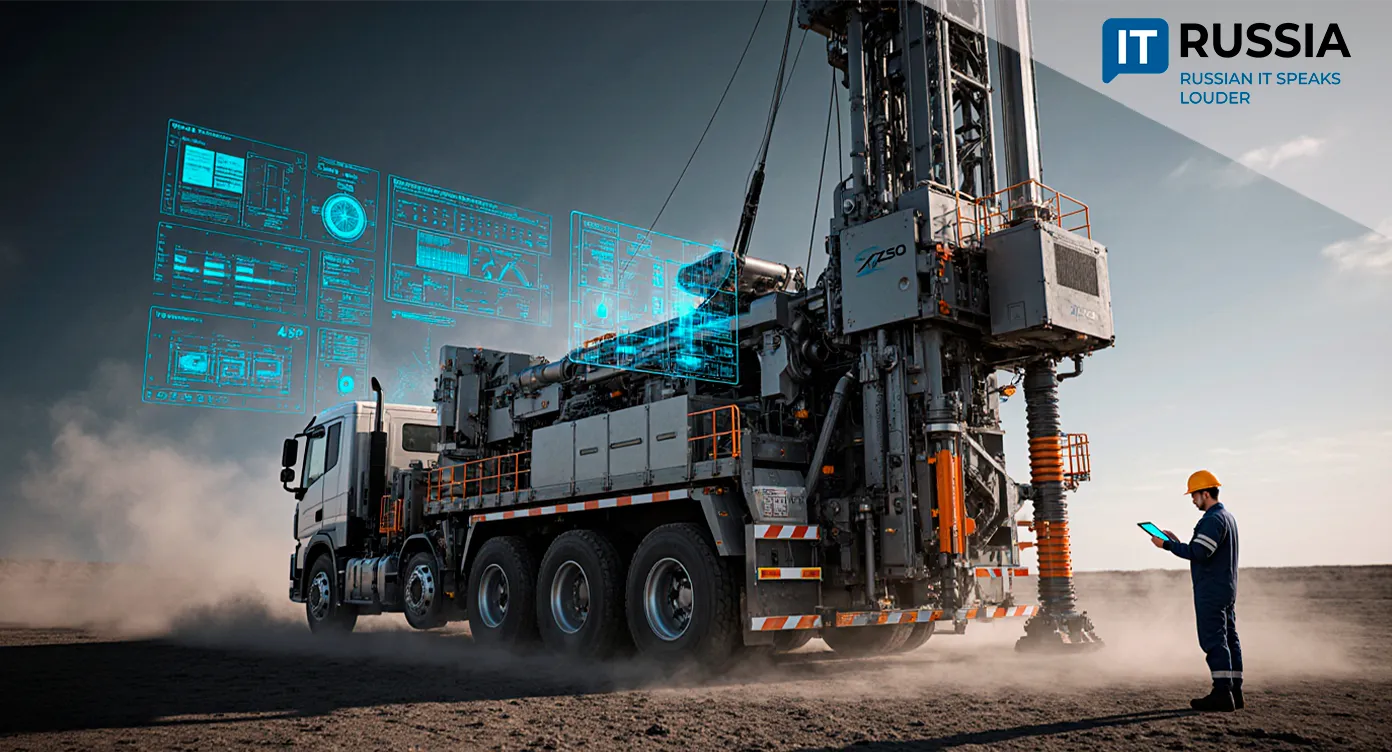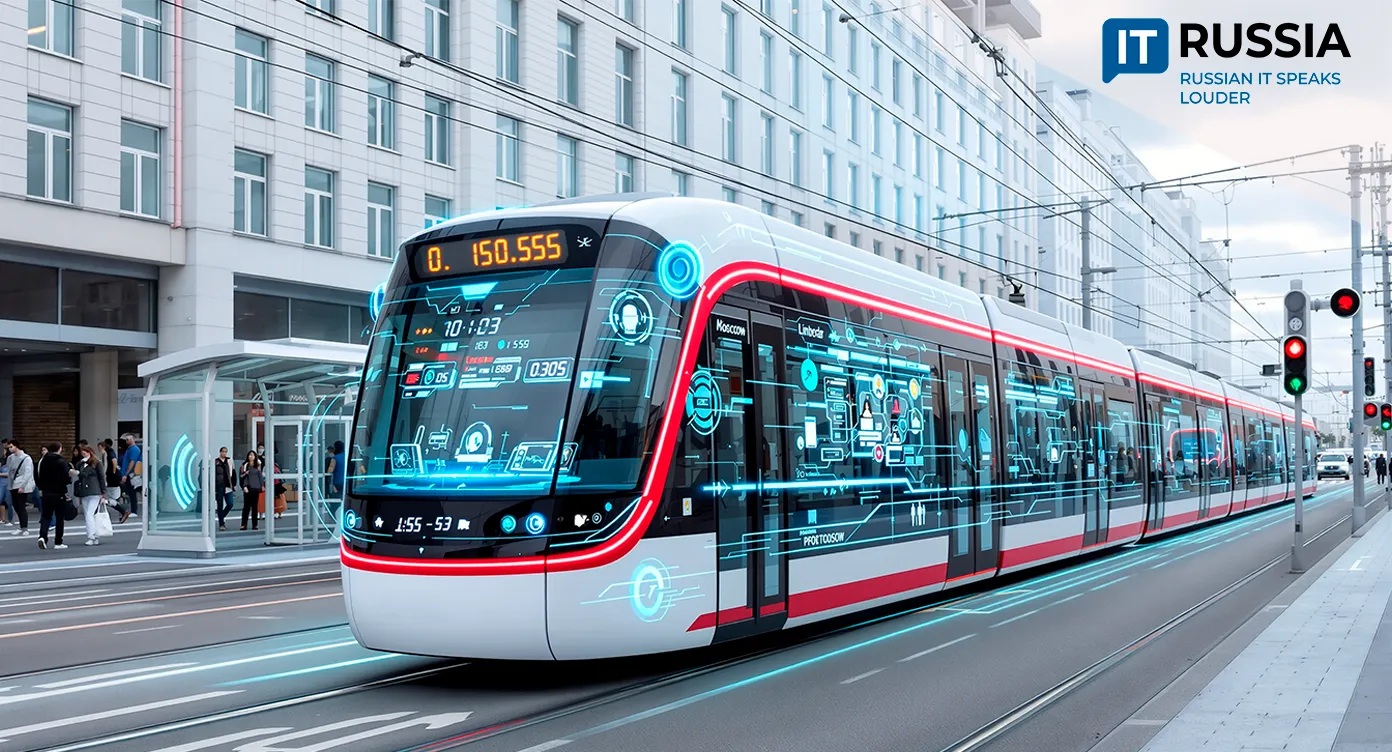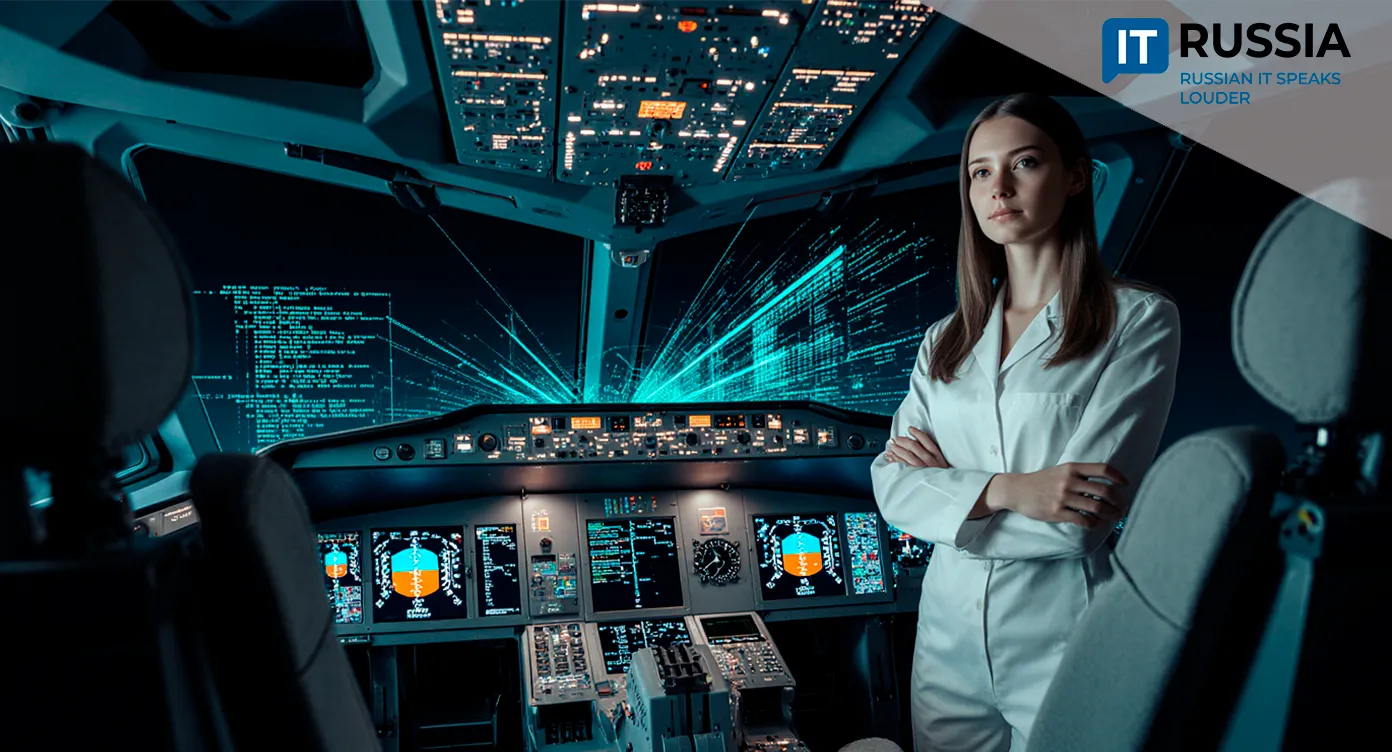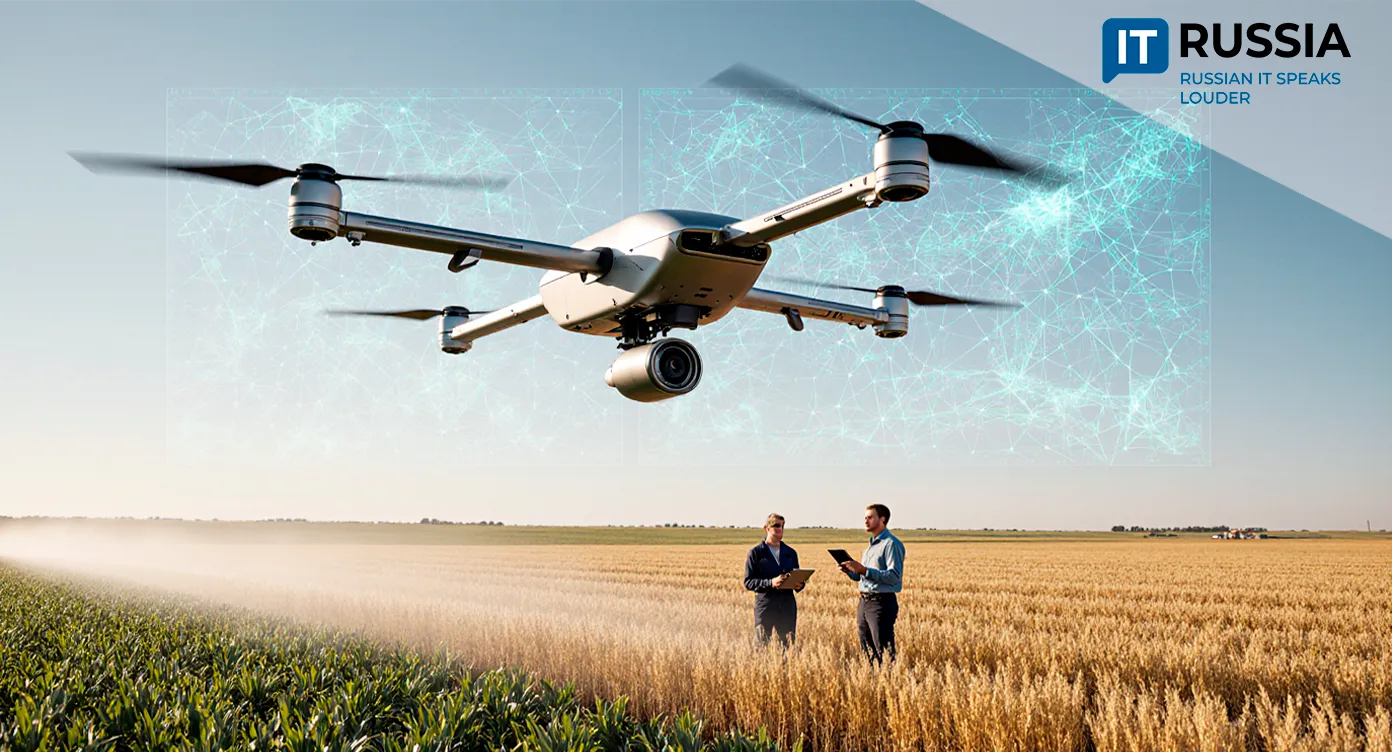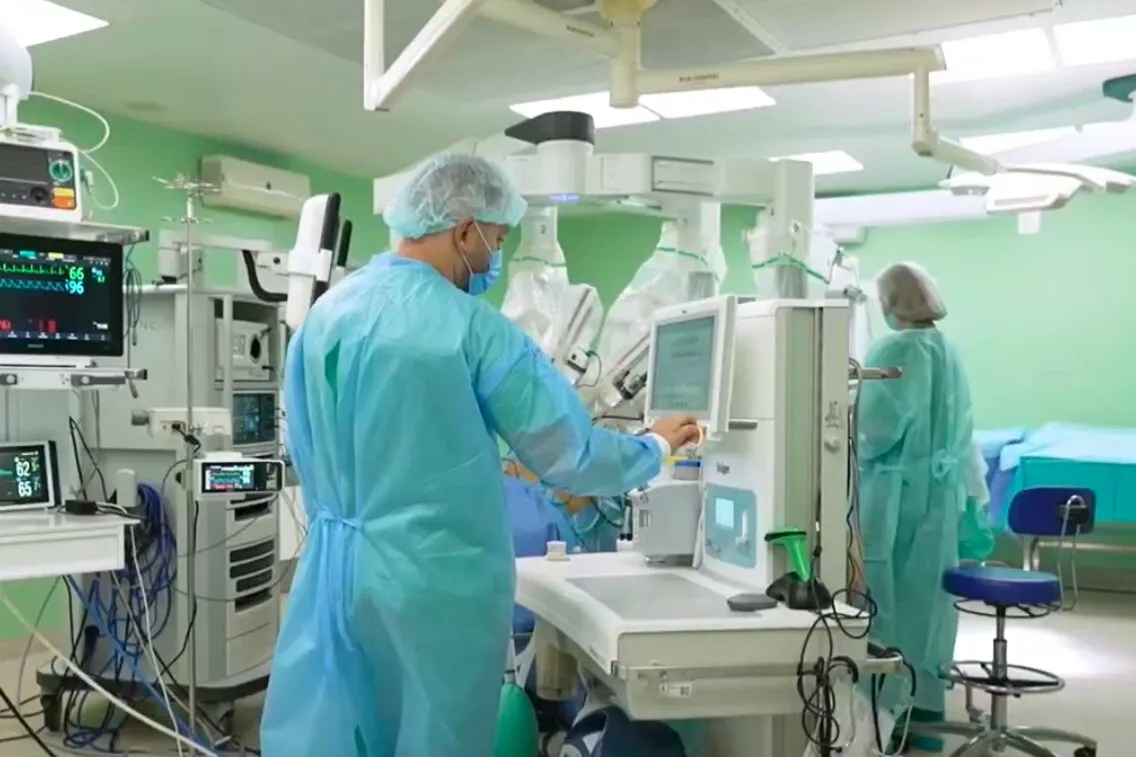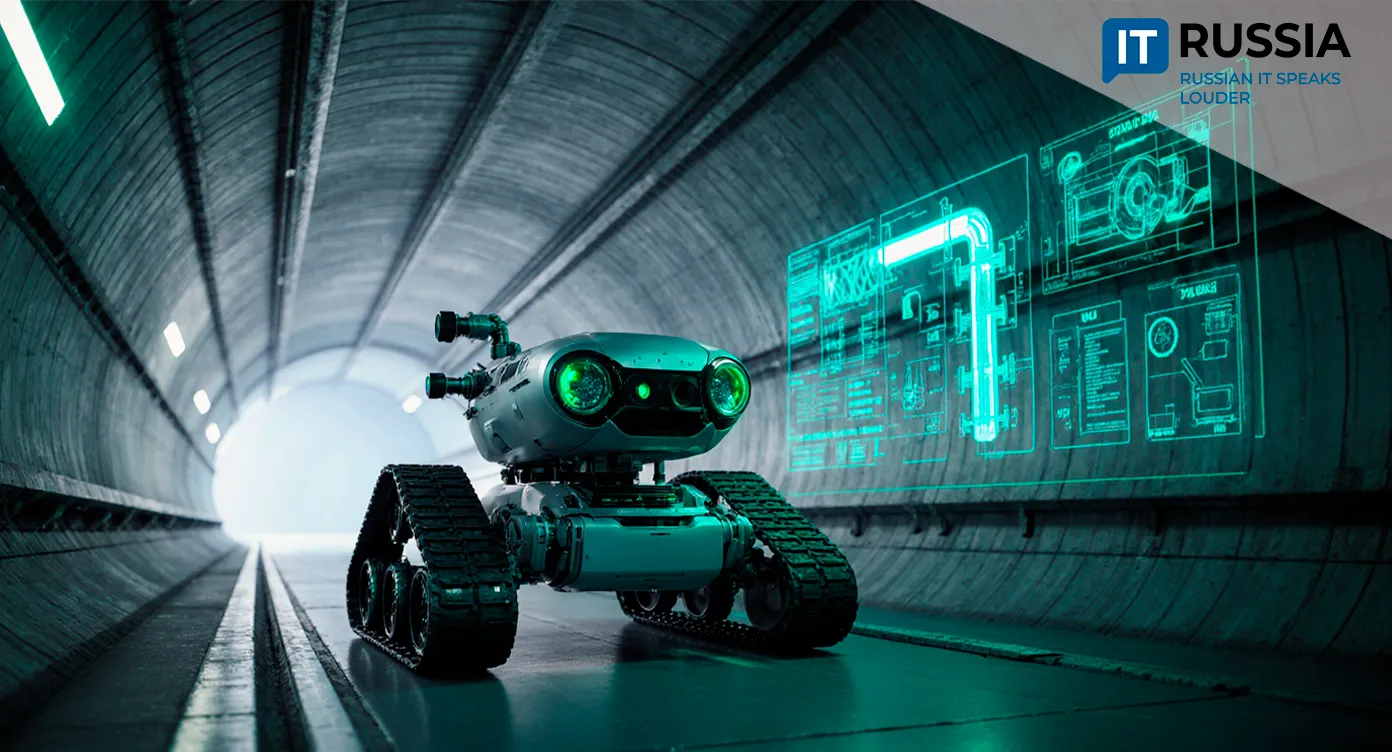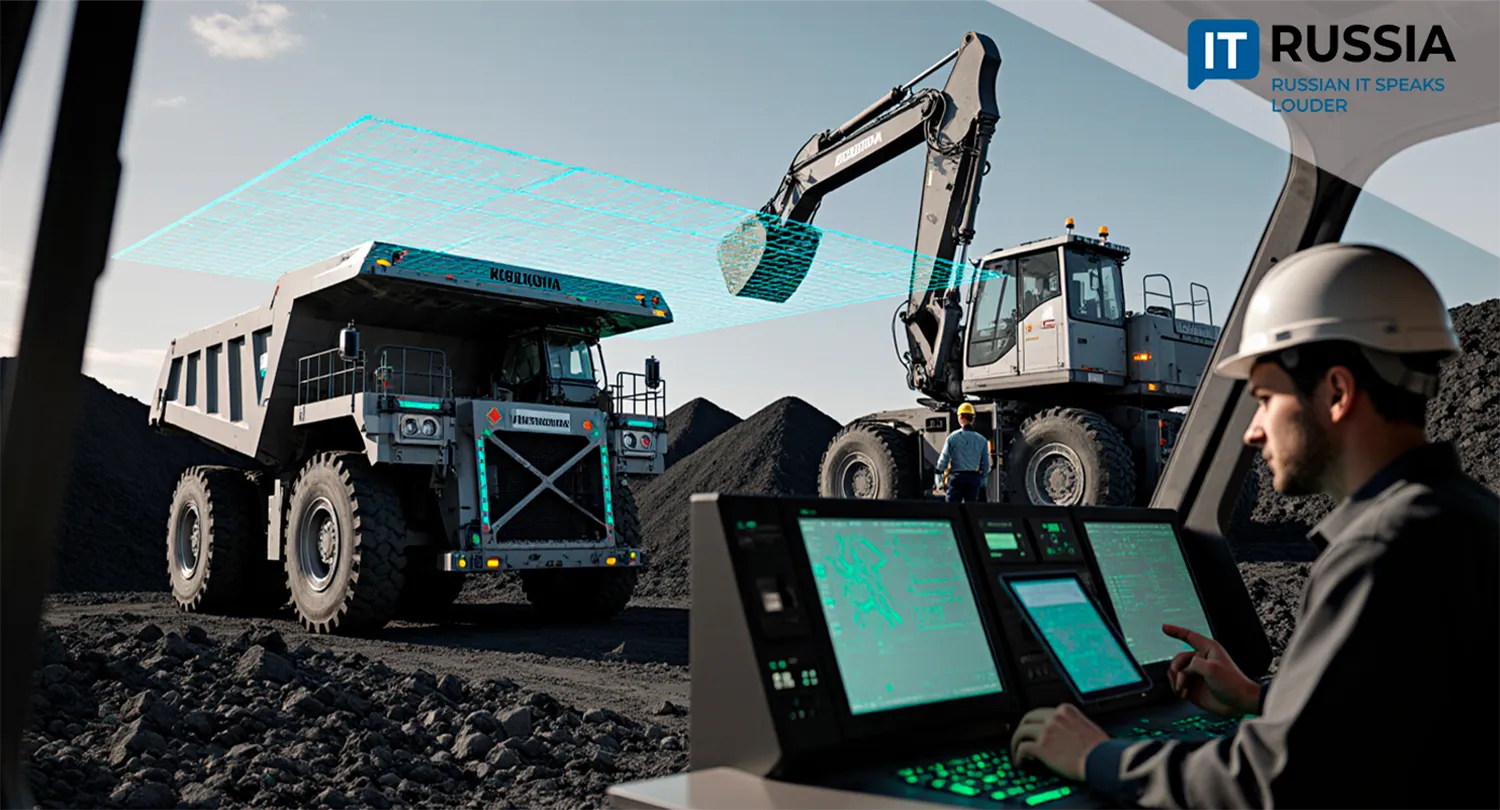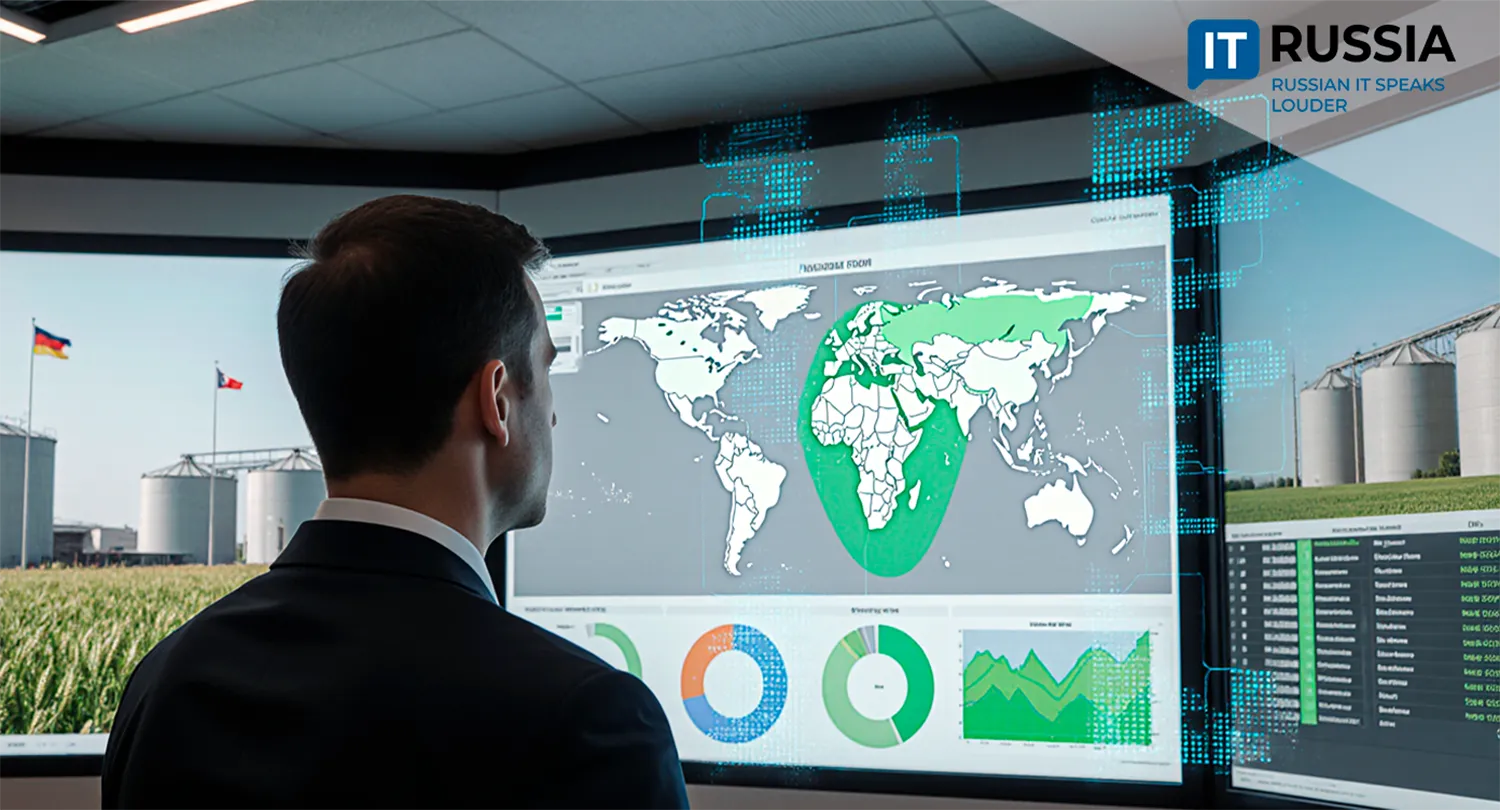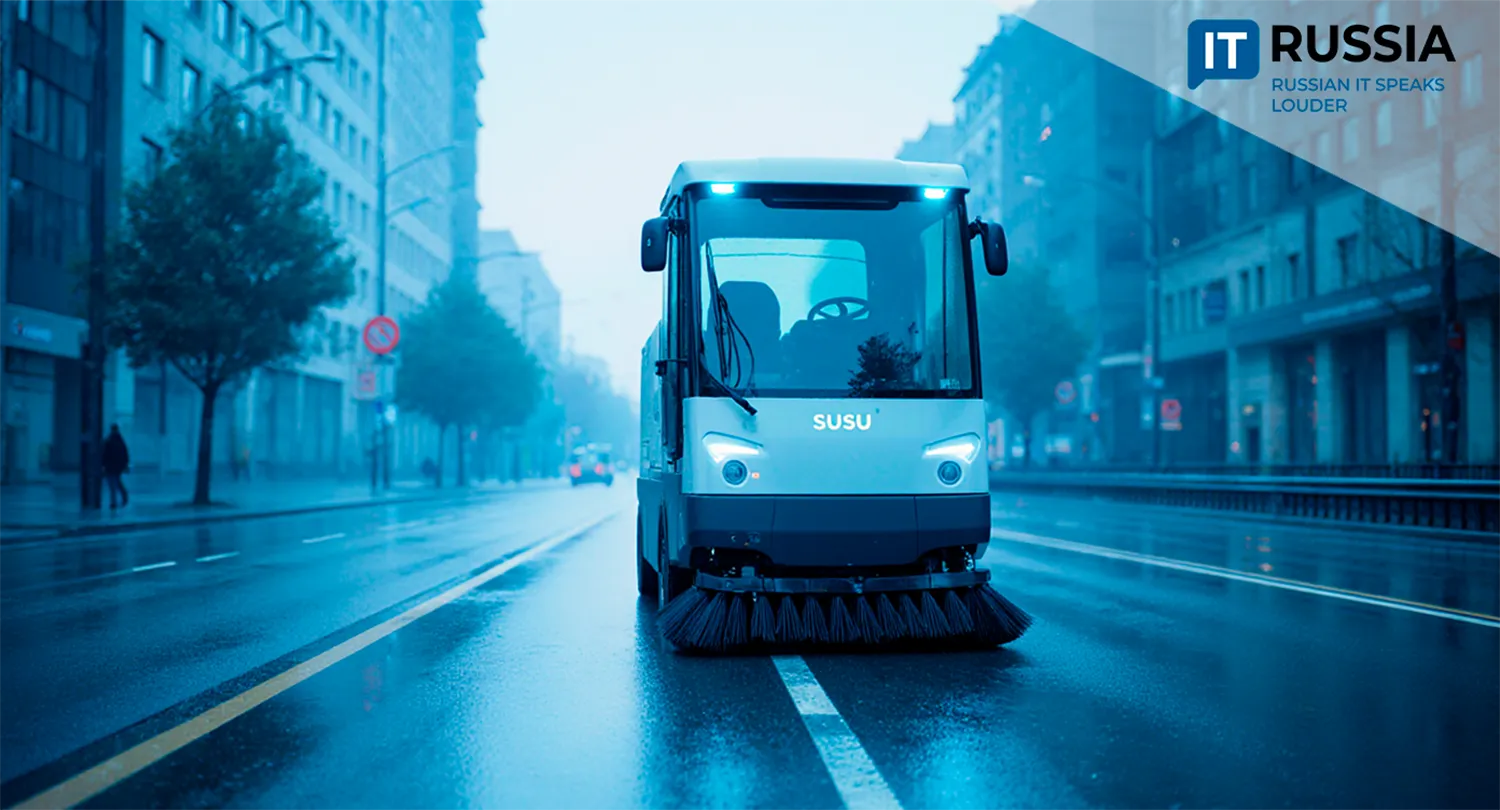Harvest on Schedule: Russia’s Autonomous Driving System for Farm Machinery Ready for Deployment
Russia has successfully tested its first domestically developed universal autonomous driving system for agricultural machinery. The new autopilot can be installed on any type of equipment, providing centimeter-level precision and strengthening the nation’s technological independence.
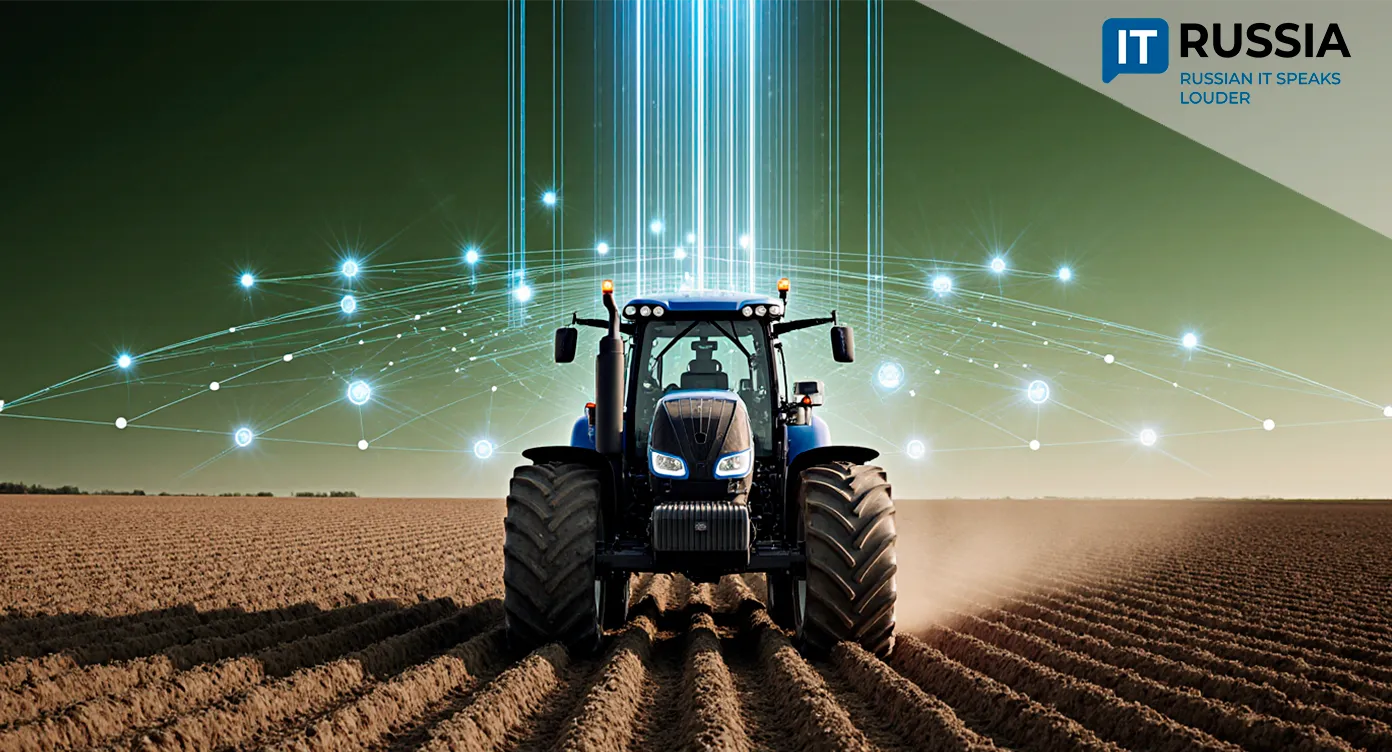
A Precise Alternative to Foreign Systems
Russia’s autonomous driving technologies for agriculture are advancing rapidly. The latest stage of testing has been completed by JSC GLONASS.
According to the company, the new Russian system was tested both in experimental fields and at a dedicated proving ground of the Russian State Agrarian University–Timiryazev Academy (RSAU-MTAA). Trials confirmed that machinery could follow a pre-set route with centimeter accuracy, maintaining required speed and executing turns precisely as planned.
One of the key advantages of the technology lies in its ease of installation. The system can be mounted in just a few hours. Importantly, it is compatible with all types of agricultural machinery, whether Russian-made or foreign. This innovation provides a strong replacement for imported solutions that once dominated the Russian market, while reinforcing technological sovereignty in the nation’s agro-industrial sector.
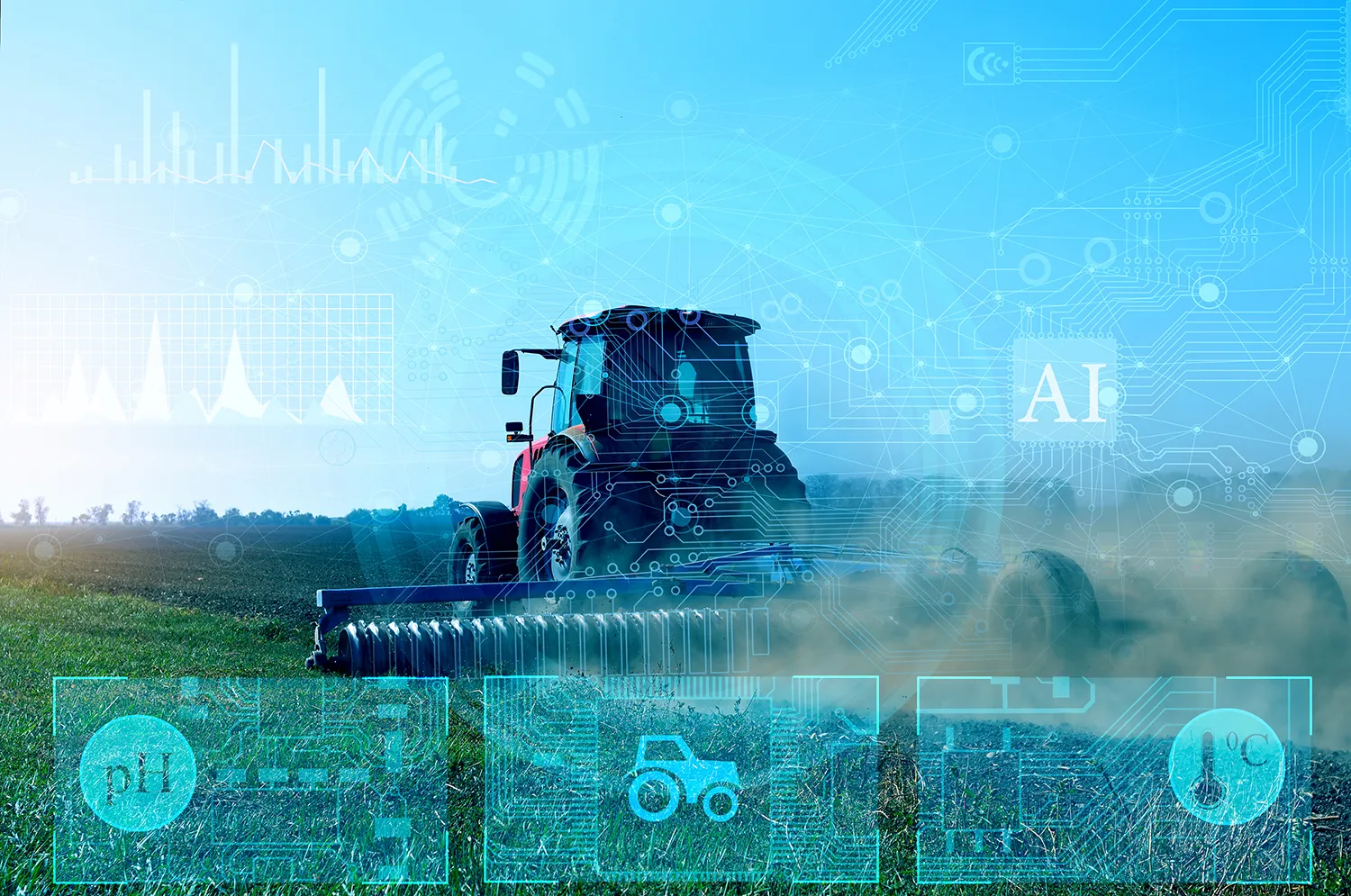
High Efficiency
Alexey Raykevich, General Director of JSC GLONASS, emphasized that demonstration tests at the Timiryazev Academy confirmed the high efficiency of the Russian solution. The high-precision system combines navigation technologies based on Roscosmos services with domestically developed software, ensuring both reliability and accuracy.
The system is designed to increase farm profitability and reduce crop losses. For example, maintaining precise routes and controlling speed helps reduce yield losses, which can sometimes account for up to one-third of a harvest’s total value.
Another critical aspect is government support. Agribusinesses are eligible to offset up to half the cost of purchasing this high-tech system through existing subsidy programs.
The next stage of trials will begin in the fall and will cover several regions, testing the system across a wide range of equipment: tractors, seeders, cultivators, sprayers, and combines.
Development and Competition
The JSC GLONASS system is not an isolated achievement. Russia has long been systematically developing these technologies. As far back as 2011, Russian companies Infobis and AgroSignal began implementing GPS/GLONASS sensors and software for agricultural monitoring.
Work on autonomous driving systems in agriculture began in 2018. In 2019, Russian company Cognitive Technologies, together with Sberbank, carried out the country’s first implementation of a driverless combine control system in Tomsk Region. In 2020, Rusagro and Cognitive Pilot began industrial deployment of Cognitive Agro Pilot systems for autonomous farm machinery management.
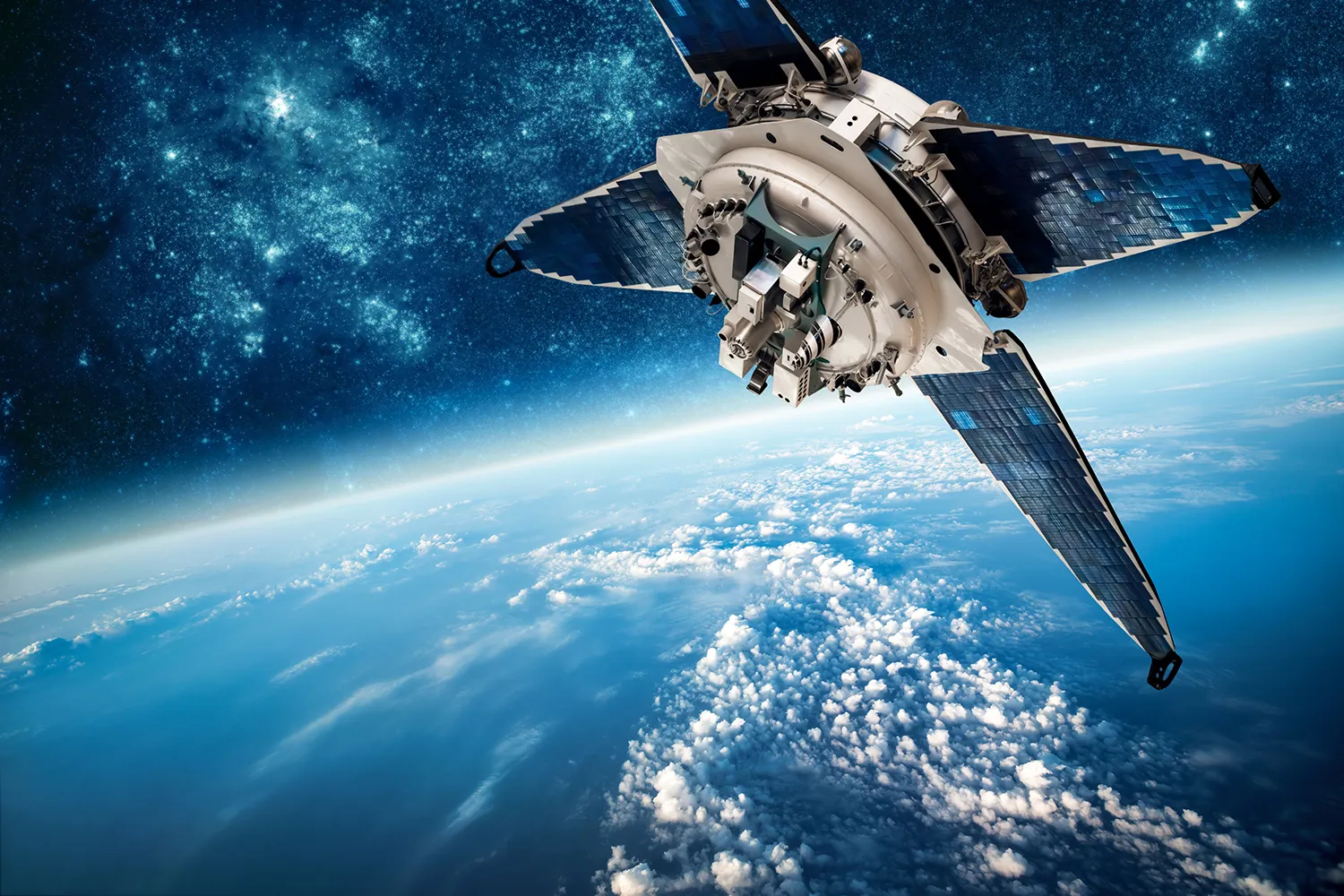
In Krasnodar Krai, the agricultural holding Progress Agro is currently testing a new parallel driving system based on machine vision. The project involves collaboration with Kuban State Agrarian University, combining the expertise of researchers, engineers, and machine operators.
At the 'Unmanned Systems 2025: Technologies of the Future' forum held in Skolkovo from August 14–17, Russian manufacturer Rostselmash showcased its latest developments in autonomous control systems for farm machinery.
Boosting Productivity and Food Security
Russian developers are moving toward full autonomy of agricultural machinery, achievable through artificial intelligence. In this segment, Russia is ahead of Western competitors, who announced industrial-scale releases of AI-based systems only by 2026, while such equipment is already operational in Russian fields.
This success reflects the strength of Russia’s mathematical and engineering schools, a competitive market environment, and strong state support encouraging both the adoption of new solutions and the creation of high-quality technologies.

After large-scale field trials this fall, the system will be adapted for various operational conditions. Integration with new ground correction stations will further increase precision.
The GLONASS system represents another step toward agricultural autonomy and Russia’s technological independence. Improved efficiency for large farms will boost food production and make it more affordable.
Because the system is compatible with both Russian and foreign equipment, it is well positioned for export. Russian technologies are traditionally less expensive than foreign counterparts, making this system attractive to CIS countries and the Global South, where food security is a pressing priority.





